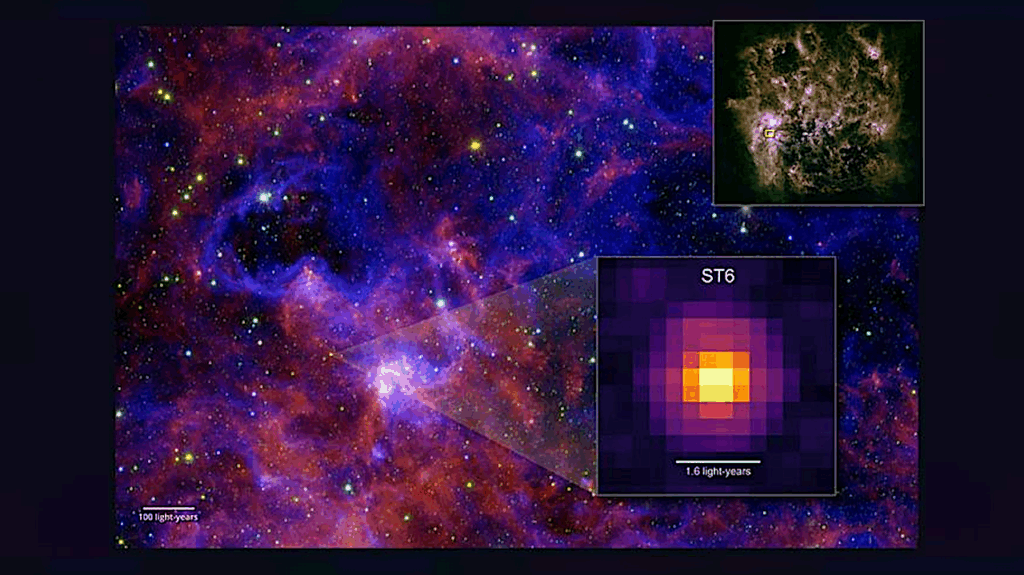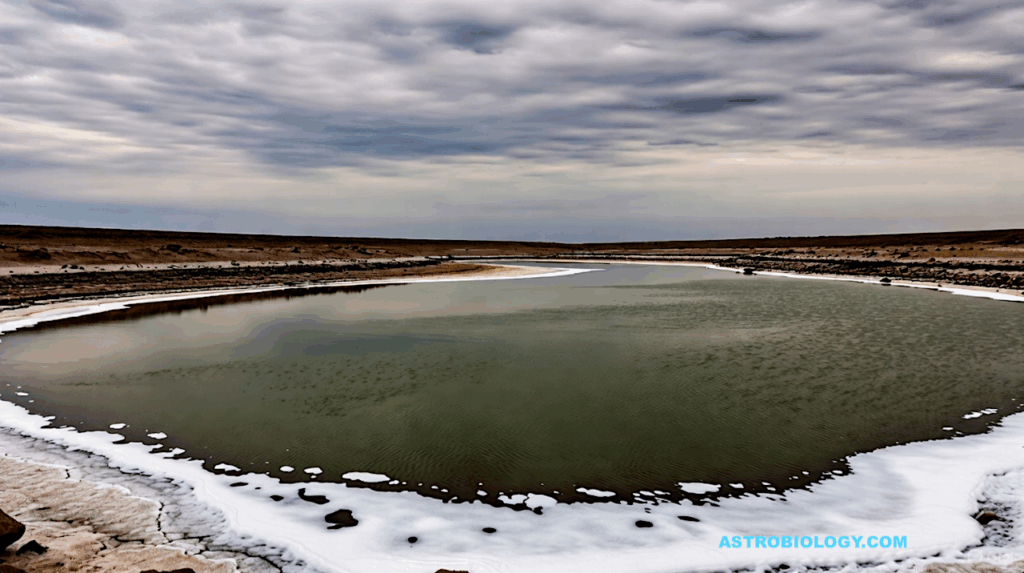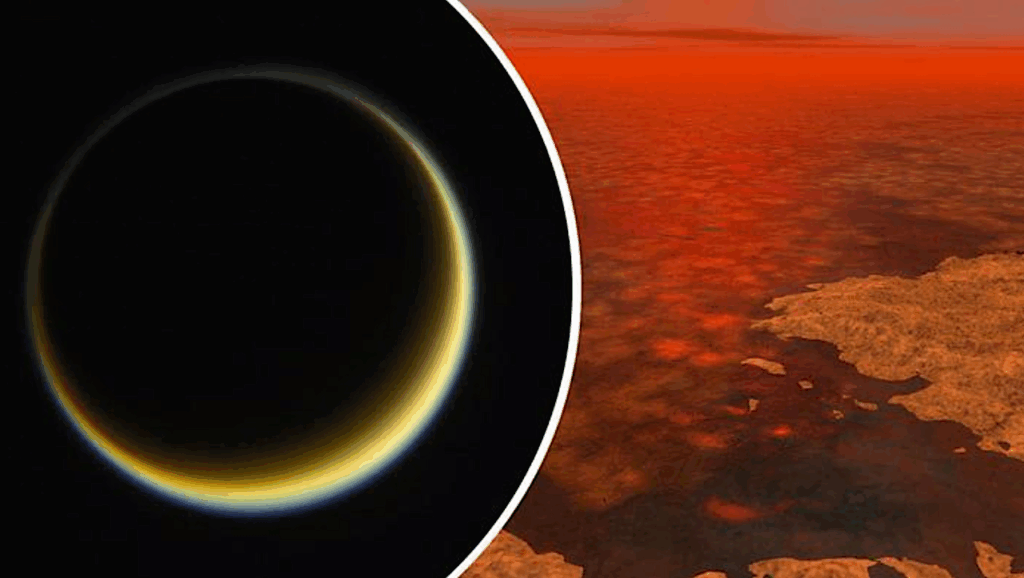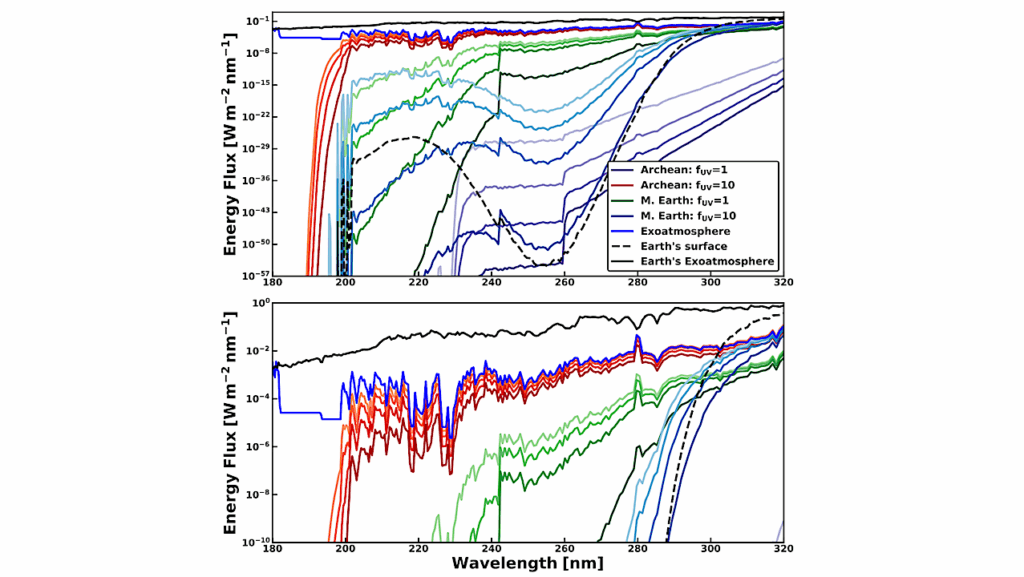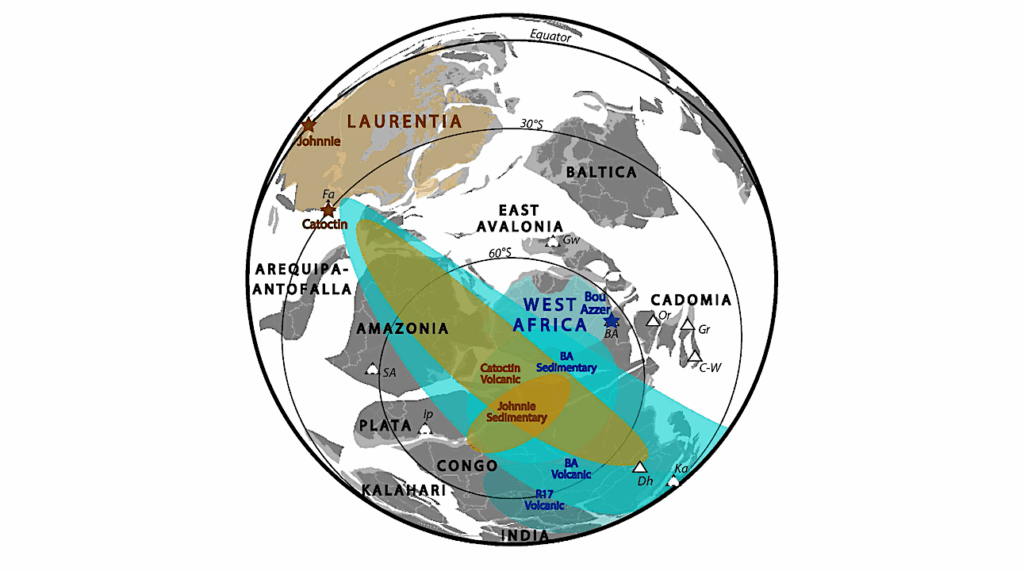Hydrothermal Plumes As Invisible Transport Pathways For Iron
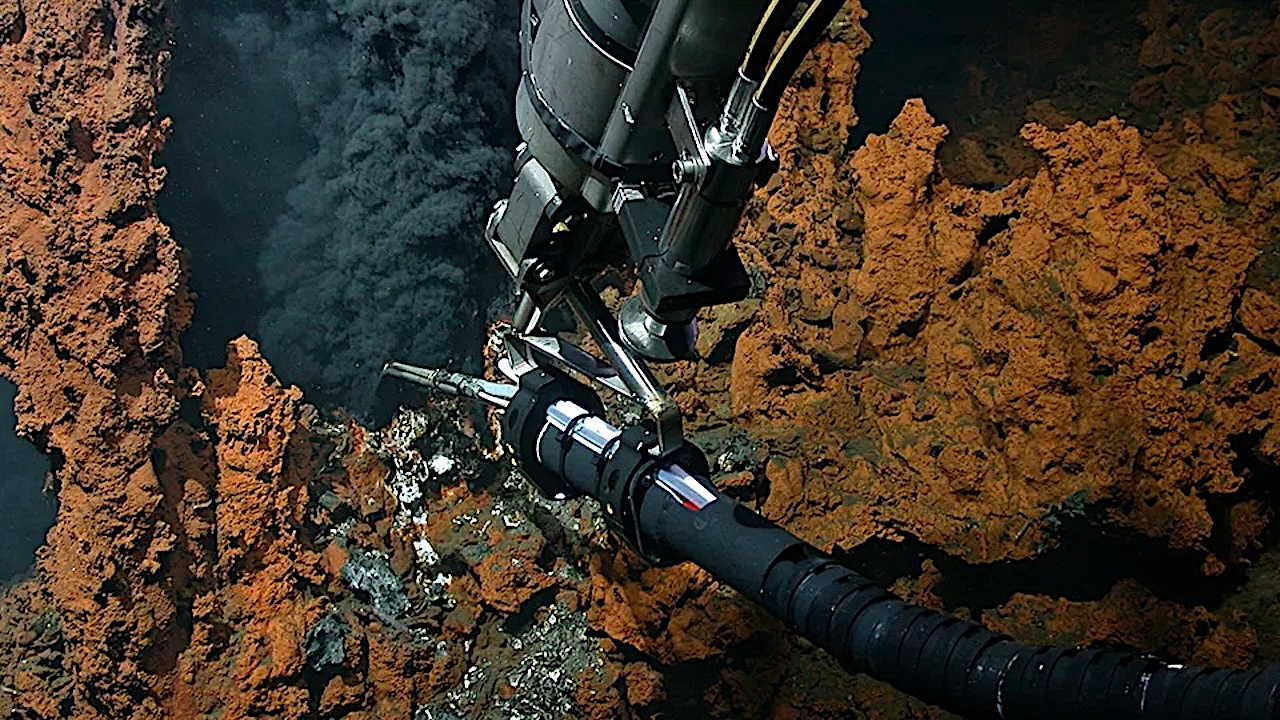
The study [Iron’s irony: speciation, complexation & microbial processing of Fe in hydrothermal plumes, Communications Earth & Environment, Nature (open access)] synthesizes existing research and reinterprets it to explain how iron released from hydrothermal systems can be transported across entire ocean basins.
“Although much of the iron emitted with the hot fluids reacts immediately with oxygen and sulfur compounds and precipitates as minerals, a small fraction remains dissolved for surprisingly long periods – bound to tiny organic molecules or influenced by microbes – and can thus be transported far beyond the vent sites,” explains Dr. Solveig I. Bühring, lead author of the study and geomicrobiologist at MARUM.
Beyond compiling the current state of knowledge, the authors contribute new analyses from the MARHYS hydrothermal vent database and model the solubility of iron minerals to illustrate how environmental parameters and plume chemistry affect iron transport. These findings emphasize how hydrothermal plumes act as long-distance supply systems for bioavailable iron – a process with far-reaching consequences for ocean productivity and the global carbon cycle.
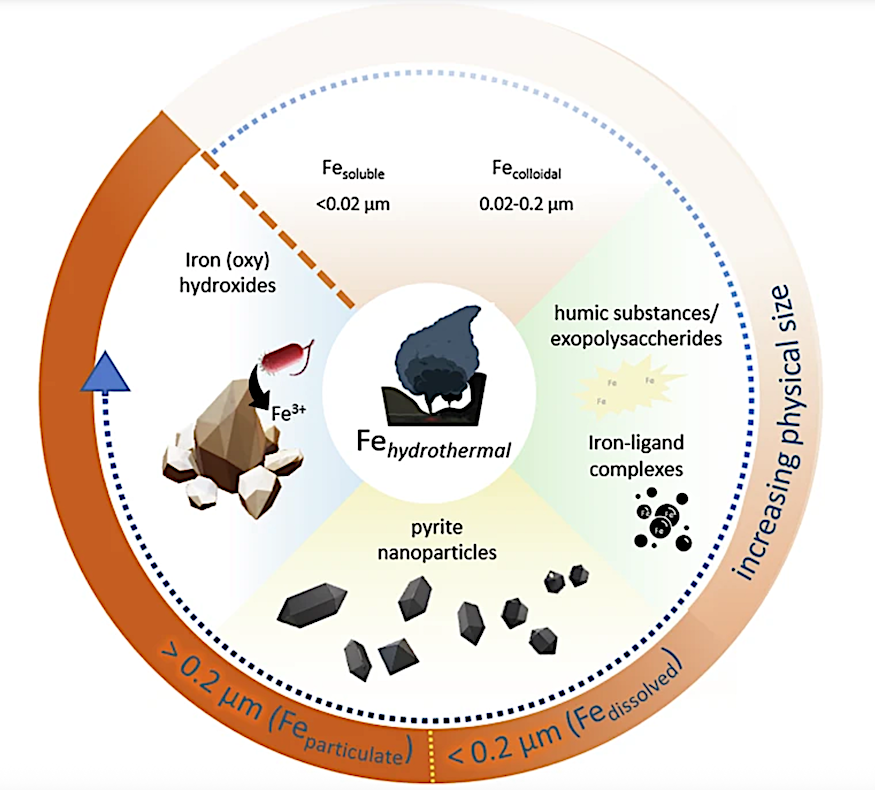
The publication is the result of a collaboration among twelve scientists from major German marine research institutions, including GEOMAR, AWI, and the ICBM in Oldenburg. The study was led by Solveig I. Bühring from MARUM – Center for Marine Environmental Sciences at the University of Bremen – together with her MARUM colleagues Alexander Diehl and Charlotte Kleint, as well as Andrea Koschinsky from Constructor University Bremen, who is also affiliated with the Cluster of Excellence “The Ocean Floor – Earth’s Uncharted Interface” based at MARUM.
“Our results show how closely physical, chemical, and biological processes at the seafloor are intertwined – exactly what lies at the heart of the Cluster of Excellence. Studies like this help us understand how the ocean floor functions as an active link within the Earth system,” explains Dr. Charlotte Kleint.
By combining geochemical, microbiological, and modeling perspectives, the team provides an integrated view of how hydrothermal systems are connected to global nutrient cycles – and how substances are dispersed along the invisible pathways of hydrothermal plumes, stimulating ocean productivity even in distant regions.
MARUM produces fundamental scientific knowledge about the role of the ocean and the seafloor in the total Earth system. The dynamics of the oceans and the seabed significantly impact the entire Earth system through the interaction of geological, physical, biological and chemical processes. These influence both the climate and the global carbon cycle, resulting in the creation of unique biological systems.
MARUM is committed to fundamental and unbiased research in the interests of society, the marine environment, and in accordance with the sustainability goals of the United Nations. It publishes its quality-assured scientific data to make it publicly available. MARUM informs the public about new discoveries in the marine environment and provides practical knowledge through its dialogue with society. MARUM cooperation with companies and industrial partners is carried out in accordance with its goal of protecting the marine environment.
Iron’s irony: speciation, complexation & microbial processing of Fe in hydrothermal plumes, Communications Earth & Environment, Nature (open access)
Astrobiology, oceanography,


